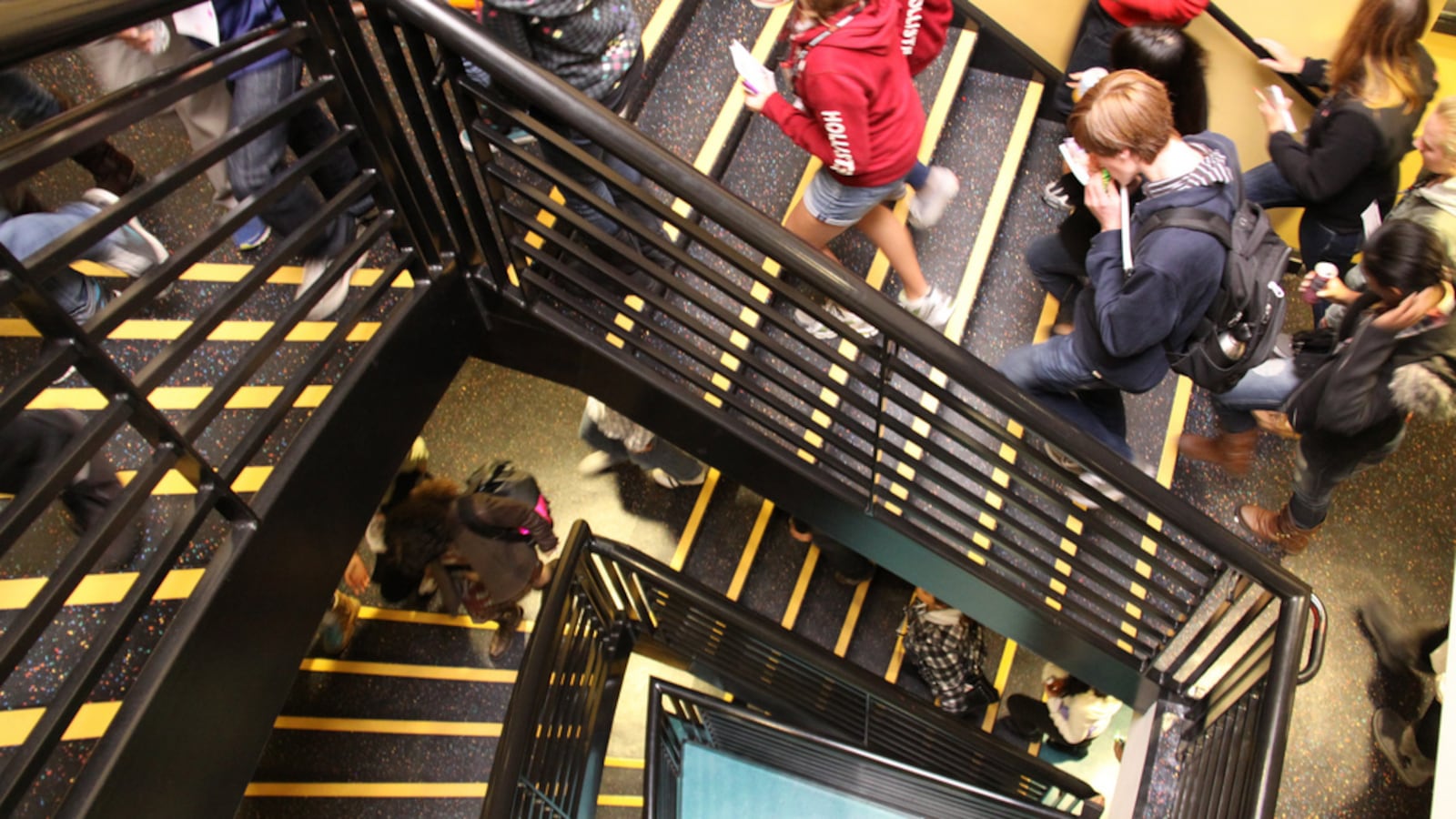U.S. Secretary of Education Betsy DeVos wants more schools to be free from what she characterizes as ineffective, bureaucratic rules.
“In too many places there isn’t the kind of autonomy at a building level to really kind of break out of that mold and do things differently to meet students’ needs,” DeVos said in a recent interview.
But is that autonomy itself likely to improve schools?
A new study offers a sobering answer: England’s mass conversion of primary schools to “academies,” which function in some ways like charter schools in the United States, did not produce any academic gains for students. (Incidentally, DeVos met this week with Jo Johnson, a United Kingdom education minister; a spokesperson for DeVos said the meeting focused on higher education.)
And although exporting lessons from other countries is an inherently fraught exercise, the English experience provides a cautionary tale — and aligns with research from the U.S. In short, there’s little evidence that providing schools with additional freedom will, on its own, boost student achievement.
Great Britain’s far-reaching effort to inject autonomy into its schools
England has a system of schools known as “academies” that are overseen by a board of directors and organized as nonprofits. The academies are not bound by national rules for staffing and curriculum, though they are authorized by England’s national Department for Education.
Unlike most American charter schools, many academies were existing schools that moved outside the control of a school district, either by choice or by government mandate. England also has allowed for the creation of “free schools,” which function like academies but start from scratch.
Academies first hatched in the early 2000s, and for about a decade they grew slowly and were used mostly in an attempt to improve low-performing secondary (upper-grade) schools. That initial effort did lead to significant gains in student achievement.
In 2010, a new Conservative government supported the dramatic expansion of academies, including among primary (lower-grade) schools. By the 2016-17 school year, nearly one in four primary schools and most of England’s secondary schools were academies.
Using language similar to DeVos’s, Michael Gove, then the British education secretary, highlighted the appeal of academies to skeptics of state regulation. “Schools are taking up our offer to become academies because they recognise the huge benefits – more autonomy, more power to teachers, and an opportunity to thrive, free from interference from government,” Gove said in 2011.
But this policy doesn’t seemed to have improved student achievement in lower-grade schools, as purveyors like Gove, hoped, according to a new peer-reviewed study. The analysis, conducted by researchers at the London School of Economics, finds that primary schools that became academies between 2010–11 and 2014–15 did not see gains in on the national test given at the end of primary school at age 11.
“The English government has radically restructured its school system under an assumption that academisation delivers benefits to schools and students,” the authors write. “There is neither any sign of a positive effect nor any suggestion that benefits might be increasing with years of exposure. If anything, the opposite is the case.”
Academies that were not part of what is a called a multi-academy trust — roughly equivalent to a charter management organization — seemed to have negative effects on student achievement.
To isolate the impact of “academisation,” the researchers compare schools that became academies between 2010-11 and 2014-15 to other schools before they became academies in later school years. The study does not look at measures beyond test scores or the effects of the policy beyond the first few years.
An important question is whether and how academies used their newfound autonomy. According to an analysis by the British government, about half of primary schools changed their curriculum, how they evaluated teachers, and who was in school leadership. Relatively few lengthened the school day or hired uncertified teachers.
The latest study finds that academies also received more money than schools that didn’t convert to academies. Most of those additional resources went toward administrative costs. That’s consistent with evidence from the U.S. showing that charter schools spend more on administration, perhaps because they lack the economies of scale of larger districts. The extra money may have been one reason so many schools became academies.
The research does not examine how local school districts were affected by the swift expansion of academies, but other work suggests they suffered as they lost money.
“Reduced funding forced many of the local authorities to reduce their staffs and made it more difficult for them to maintain high quality school support personnel,” wrote Helen Ladd and Ted Fiske, American researchers who looked the British academies experiment.
Does this matter for the U.S.?
The England-based research is fairly consistent with the limited research in the United States on the academic benefits of injecting autonomy into existing schools. A 2014 study found that an initiative in Chicago Public Schools to provide more freedom to principals of high-performing schools did not lead to gains in overall student achievement. Research in Boston and Denver showed that “pilot” and “innovation” school initiatives — where schools elect to take on certain flexibilities — have not improved student test scores.
The charter school research is somewhat complicated. In both Boston and Denver, those same studies show charter schools producing big gains.
In general, though, charters perform comparably to traditional public schools on standardized tests. This suggests that specific practices — rather than autonomy itself — are responsible for the success of some charters.
Ladd, a Duke professor who has also studied charter schools in North Carolina, argues that the English experience points to the limits of autonomy.
“Flexibility may be one step, but, by itself, I’ve seen very little evidence that it can address in any serious way the problems of struggling schools,” she said.


